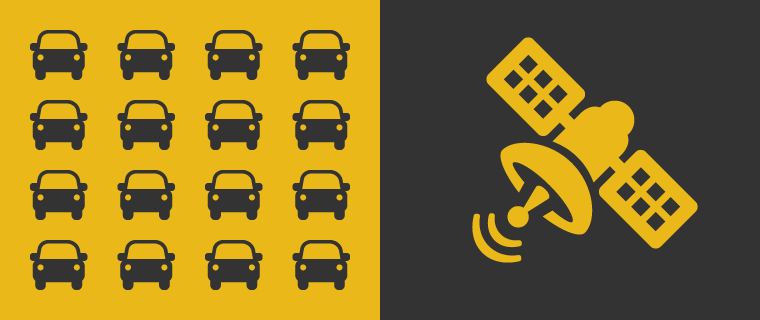The Port of Södertälje digitizes goods handling
The Port of Södertälje receives large volumes of goods annually. The Port of Södertälje accounts for a third of Sweden's new car imports, approximately 120,000 cars per year, and now large parts of car handling will be automated, and now large parts of car handling will be automated with the help of a mobile application.
To facilitate the handling of large volumes of goods, the port's personnel handling the unloading of goods test the mobile application, Hogia Terminal WorkIt. The application digitizes manual work steps and provides increased operational control.
– We can unload about 1400–1500 cars on a ship and to save unnecessary moments it was important to develop a system that was easy to handle and then we landed in using mobile phones and let the supplier Hogia Logistics further develop an app to be able to drive the car flows in, says Tomas Zackrisson, IT Manager, The Port of Södertälje.
Optimizes the flow
As soon as a car is driven off the ferry and parked in the terminal area, the staff can immediately scan the car's unique barcode and via the mobile's GPS system receive suggestions for the current location. Once the car has been positioned, it is marked as unloaded and ready. A map view, based on Google Maps, provides an overview Since all steps are digitized, it facilitates an automated invoicing of rent and performed tasks.
– We have just started using WorkIt and are aim to run full operation by the end of the year and also use it for loading cars, says Tomas Zackrisson.
Better logistics
– Now we can find out when and where the cars have been parked, we can do follow-up checks on work orders and get a secure basis for invoicing, explains Tomas Zackrisson.
The app can also be used for other types of flows such as trailers, General Cargo and bulk.
– A new parking garage with space for 2000 cars is underway and that is one of the reasons why we started looking at digitizing our car flows. Today we have about 5000 parking spaces and the system gives us a completely different overview of the parked units, concludes Tomas Zackrisson.
« Back

